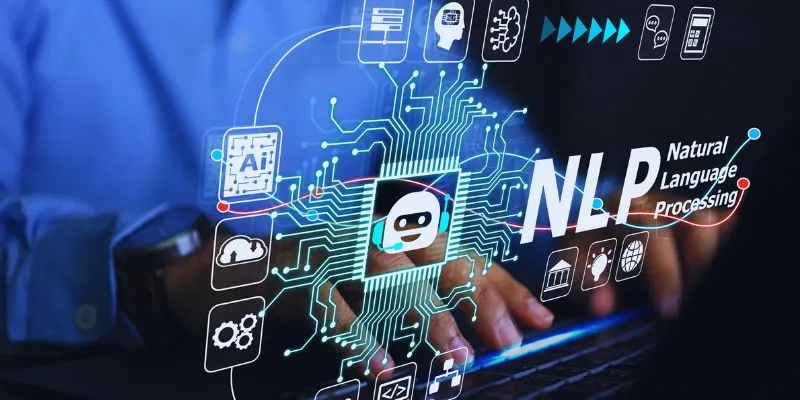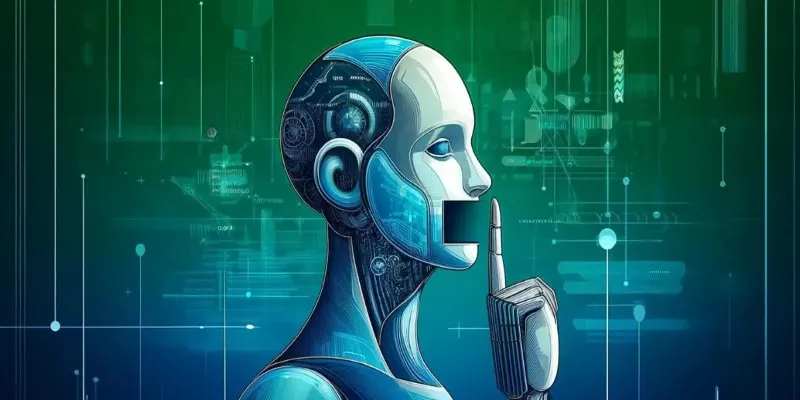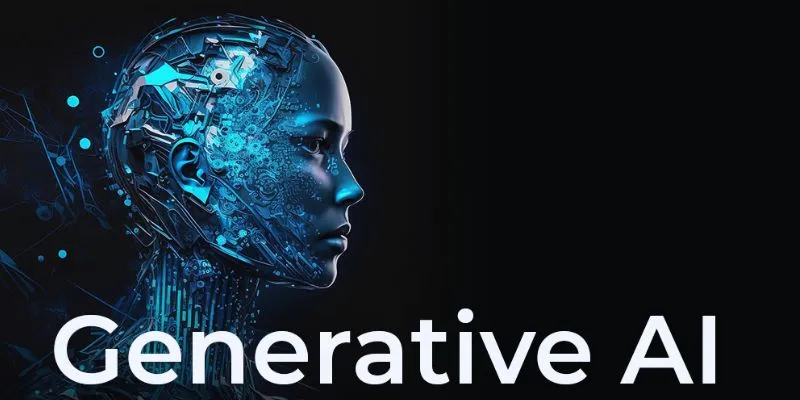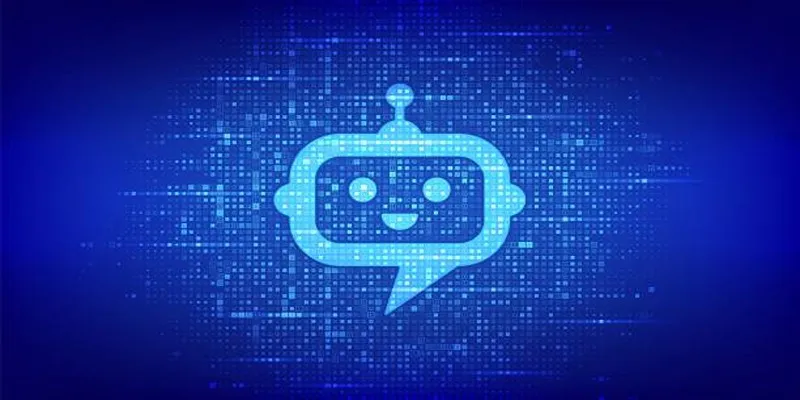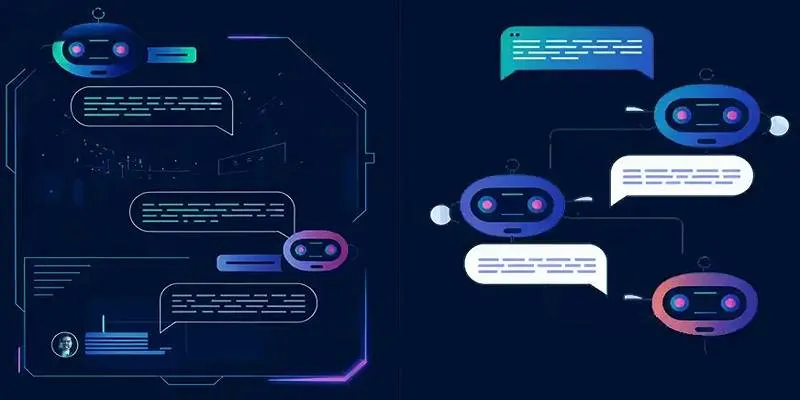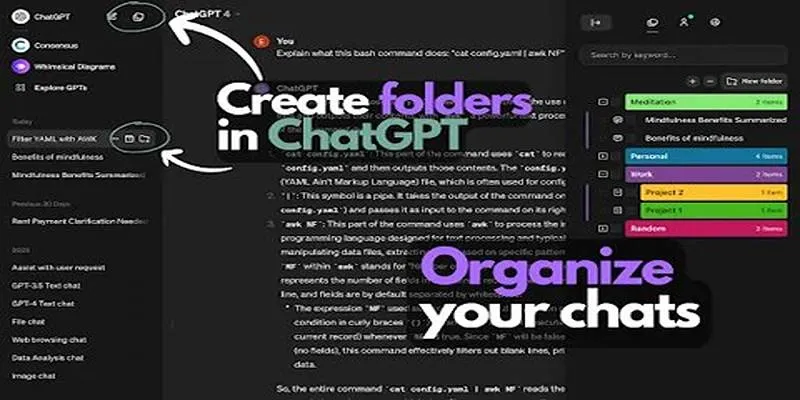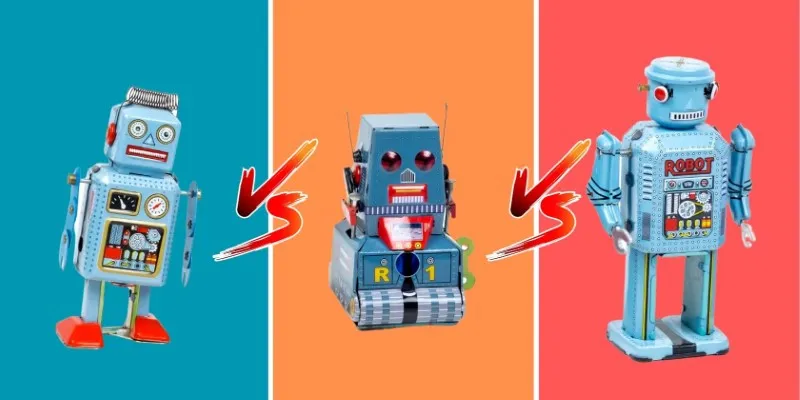Chatbots are no longer just simple auto-reply tools. Recent developments are driving major changes across multiple industries. Intelligent chatbots are transforming communication and workflows in sectors ranging from healthcare to customer service. These advanced systems now leverage emotion recognition, voice interaction, and deep learning to respond faster and understand users more accurately than ever before.
Advancements in generative AI and natural language processing are setting new industry benchmarks. Businesses are developing bots that learn, adapt, and personalize interactions in real-time. As reliance on chatbots grows, staying informed about recent technology trends is essential. Exploring the future of chatbot development helps companies plan more strategically. This guide highlights how innovative chatbot technologies evolve, improve lives, and shape a smarter digital future across sectors.

Smarter Conversations Through Generative AI
Chatbot conversations have greatly benefited from generative artificial intelligence. Today’s bots respond in a more human-like manner, no longer relying solely on fixed scripts or basic keywords. By leveraging context and memory, chatbots generate dynamic and relevant responses, providing users with more realistic and helpful replies. Modern chatbot systems often incorporate AI models like GPT, which help bots handle a variety of topics, from technical support to emotional conversations.
Another key advancement is the ability of bots to interpret different tones of voice or text, enhancing responses and building mutual trust between users and systems. Developers are integrating large language models into standard bots, giving them greater flexibility and value. Intelligent engagement now takes priority over simple automation, with modern bots responding based on users’ emotions, intent, and behavior. Generative AI is not a passing trend; it lies at the core of chatbot evolution, ushering in meaningful conversations in digital environments.
Voice-Enabled Chatbots Transforming User Access
User interactions with chatbots are evolving due to the rise of voice-enabled technology. This hands-free approach speeds up and simplifies user interactions. Pioneers of this trend include smart assistants like Alexa and Siri. Today, many chatbots support voice input across apps, websites, and vehicles. Users can converse naturally, and the bot responds in a few seconds. These systems are driven by speech recognition techniques such as Google Speech API, which convert spoken words into helpful responses.
Voice bots now support a wide range of languages and dialects, enhancing their effectiveness in global environments. Voice chat cuts time in sectors like customer service and healthcare, aiding those with disabilities, speeding up processes, and reducing typing. Developers are increasing precision to prevent errors, focusing on improved emotional voice detection and noise management. Voice-driven bots are opening more human-like digital assistance avenues, making them essential components of recent chatbot technology trends.
Personalization with Real-Time Data Learning
Modern chatbots learn from users in real-time by tracking past conversations, search patterns, and user behavior—allowing bots to deliver personalized support tailored to each user. For instance, if a customer orders frequently, the bot may suggest reordering sooner. E-commerce bots recommend products based on user data and preferences. Bots in banking provide custom spending insights or reminders. These learning systems enable bots to correct prior errors over time, increasing user confidence.
AI tools now continuously track and update learning in real time, making bots smarter with every interaction. Unlike older bots with fixed responses, these systems learn and adapt. In both B2B and B2C environments, real-time learning adds significant value. Companies can now offer quick, personal assistance without recruiting additional agents. The user experience improves as more chatbots equip data learning technologies, signaling the future of chatbot development among various digital technologies.
Emotional Intelligence Boosts User Trust
Today, chatbots can recognize user emotions and adjust their responses accordingly, giving digital conversations a more human and emotionally intelligent quality. Emotion-aware bots analyze typing speed, tone, and word choice to detect emotional cues, helping them interpret a user’s emotions, such as sadness, anger, or happiness. They respond in a gentler or more positive tone, making consumers feel understood. Businesses apply emotional bots in HR, treatment, and customer service to avoid conflict, lower stress, and improve services.
Emotional recognition technology is also applied in voice-based interactions, where bots adjust responses based on shifts in vocal tone. This fresh capability increases user comfort and trust. Although not perfect yet, it is improving as developers teach bots using emotional databases, aiming to provide compassionate, balanced support. Bots with emotional intelligence are key tools in digital services, demonstrating how recent chatbot technology trends add value to users.
Integration with Everyday Digital Platforms
Everyday platforms like WhatsApp, Slack, and websites now integrate chatbots, improving user accessibility and convenience. Users no longer need to open specific apps to access support—they can quickly get assistance through tools they already use. For example, online stores use chatbots in website chat windows, allowing buyers to ask questions without calling or emailing. Bots on social media handle consumer questions around the clock, while bots in business tools like Slack or Teams handle tasks or provide reminders. These interactions simplify processes and save time.
Bots also retrieve real-time data from support tools, CRMs, and calendars, leading to faster, more efficient service with less user effort. Chatbots now assist users instantly without requiring logins or app downloads, providing quick value and acting as background players. This integration allows businesses to monitor user behavior and enhance responses, making connected chatbot systems part of the future of chatbot development.

Security and Privacy Upgrades in AI Bots
As bots become more intelligent, data security becomes increasingly important. New mechanisms now better protect chat logs and user data. Developers implement privacy regulations, secure APIs, and encryption protocols to protect user data from leaks and hacking. Laws like GDPR now guide bot design, allowing users to request bots to avoid saving data or to delete conversation histories. Bots manage personal information following strict guidelines, with strong protection essential for bots in banking, healthcare, legal, and other sensitive fields.
Many bots today include built-in compliance mechanisms that monitor activities in real-time and terminate hazardous ones. A critical security function is preventing bots from providing incorrect or harmful advice. Secure data enables safer bot training to reduce errors. For high-risk interactions, many companies still rely on human oversight.
Conclusion
Chatbots are becoming smarter, more secure, and increasingly human-like in interacting with and assisting users. From data-driven learning to emotional intelligence, each new capability adds value. Today, companies leverage bots to stay competitive, enhance services, and reduce costs. Advancements in voice interaction, data security, and deep learning will drive the next phase of chatbot evolution. Exploring emerging chatbot technology trends helps organizations anticipate future developments. Understanding the future of chatbot development guides informed tool selection. Intelligent bots are transforming how we live, communicate, and work—they are no longer just futuristic concepts.
 zfn9
zfn9





